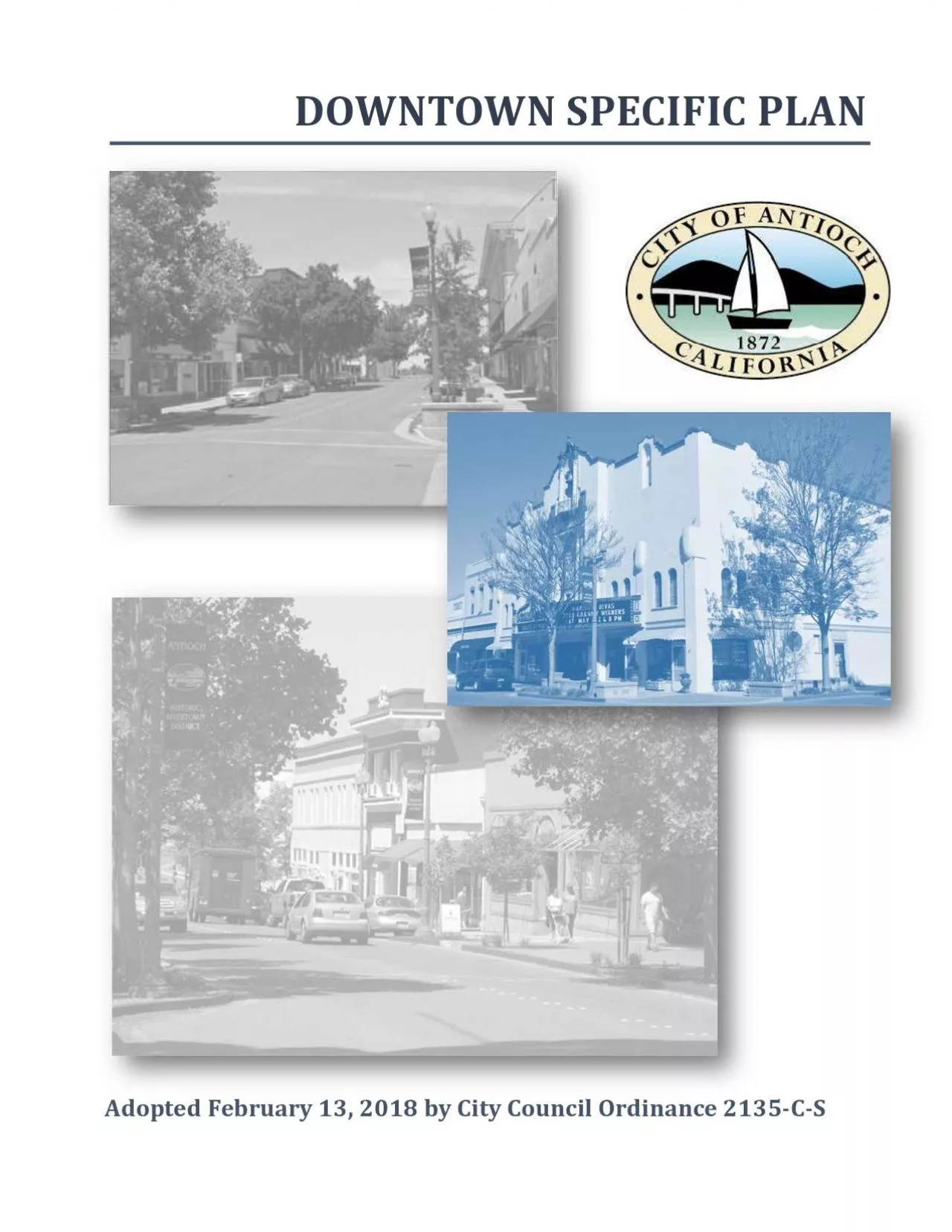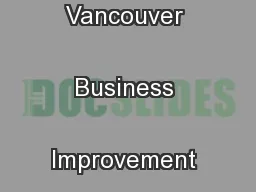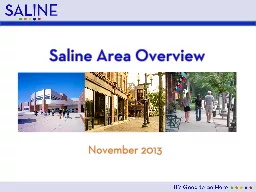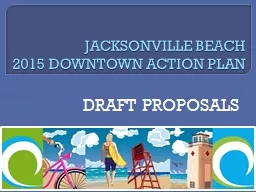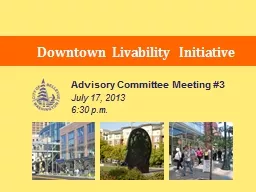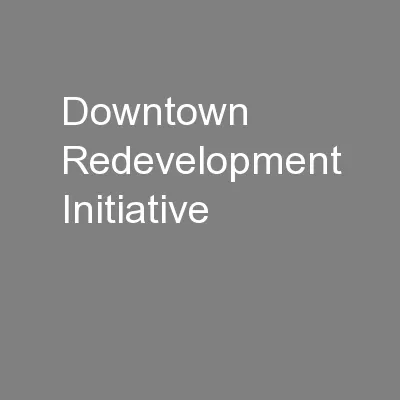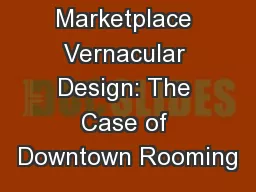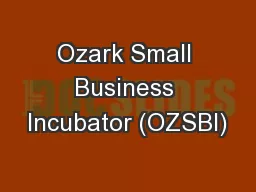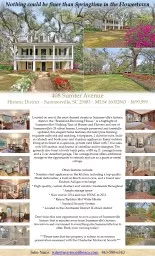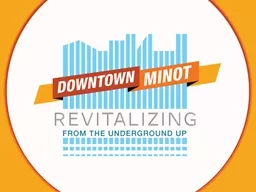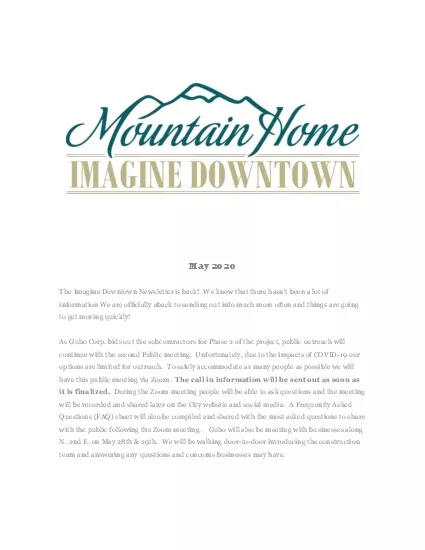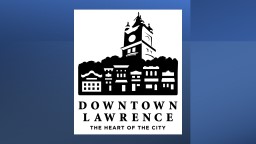PDF-DOWNTOWN SPECIFIC PLAN
Author : anya | Published Date : 2021-10-01
Adopted xxx xx 2017 by City Council Resolution xxxxACKNOWLEDGEMENTSCity of Antioch CouncilmembersSean Wright MayorLamar Thorpe Mayor Pro TemLori Ogorchock CouncilmemberMonica
Presentation Embed Code
Download Presentation
Download Presentation The PPT/PDF document "DOWNTOWN SPECIFIC PLAN" is the property of its rightful owner. Permission is granted to download and print the materials on this website for personal, non-commercial use only, and to display it on your personal computer provided you do not modify the materials and that you retain all copyright notices contained in the materials. By downloading content from our website, you accept the terms of this agreement.
DOWNTOWN SPECIFIC PLAN: Transcript
Download Rules Of Document
"DOWNTOWN SPECIFIC PLAN"The content belongs to its owner. You may download and print it for personal use, without modification, and keep all copyright notices. By downloading, you agree to these terms.
Related Documents

